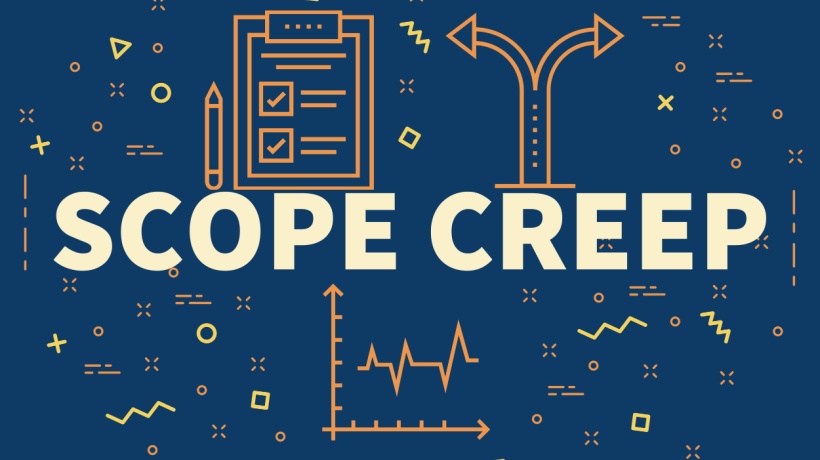Managing Project Constraints In ID
In Instructional Design, managing projects effectively is essential to ensure the successful development and delivery of high-quality learning experiences. However, Instructional Designers often encounter various constraints that can impact project outcomes. Balancing scope, time, and budget is a critical challenge that requires careful planning, strategic decision-making, and efficient resource allocation.
Understanding Project Constraints
Before delving into effective management strategies, it is crucial to understand the project constraints that Instructional Designers typically face clearly. Project constraints refer to the limitations or boundaries that impact the execution and completion of an Instructional Design project. The primary project constraints in Instructional Design include scope, time, and budget.
Scope Constraint
The scope of an Instructional Design project defines the boundaries and deliverables of the project. It encompasses the desired learning outcomes, content coverage, instructional strategies, assessment methods, and overall project objectives. The scope constraint involves managing the project's boundaries and ensuring that the project stays within the defined scope, avoiding scope creep and focusing on the intended goals and outcomes.
Time Constraint
Time constraint refers to the predetermined schedule or timeline within which the Instructional Design project must be completed. Instructional Designers must effectively manage project timelines, set realistic deadlines, and ensure timely completion of project milestones. Time constraints often arise due to external factors such as project deadlines, client expectations, or organizational requirements.
Budget Constraint
The budget constraint involves managing the financial resources allocated to the Instructional Design project. Instructional Designers must work within the specified budget, making strategic decisions regarding resource allocation, technology investments, outsourcing options, and other cost-related considerations. Effective budget management ensures that the project remains financially viable and maximizes the value of available resources.
Balancing Scope, Time, And Budget
Achieving a balance among scope, time, and budget is crucial for successful Instructional Design project management. Failure to manage these constraints effectively can lead to project delays, cost overruns, or compromised learning outcomes. Let's explore strategies to achieve this balance and optimize project outcomes.
1. Clear Project Planning And Scope Definition
A comprehensive project plan and clearly defined scope are the foundations for managing project constraints. Instructional Designers should invest time and effort in detailed project planning, including identifying project objectives, learning outcomes, deliverables, and critical milestones. A well-defined scope provides a framework for effective decision-making, resource allocation, and scope change management throughout the project lifecycle.
2. Prioritization And Task Sequencing
Prioritizing tasks and sequencing activities play a vital role in managing project constraints. Instructional Designers should identify critical tasks, dependencies, and milestones and prioritize them accordingly. By focusing on high-priority tasks early in the project, Instructional Designers can mitigate the risk of delays and ensure that essential components are addressed within the allocated time and budget.
3. Agile Project Management Approaches
Adopting Agile project management approaches can be advantageous in balancing project constraints in Instructional Design. Agile methodologies like Scrum or Kanban emphasize iterative development, continuous feedback, and flexibility. These approaches allow Instructional Designers to adjust project scope, timelines, and resource allocation based on evolving requirements, feedback, and changing circumstances. Agile methodologies foster adaptability and enable Instructional Designers to respond effectively to project constraints while focusing on delivering high-quality learning experiences.
4. Effective Communication And Stakeholder Engagement
Communication and stakeholder engagement are vital in managing project constraints. Instructional Designers must establish clear and open lines of communication with stakeholders, including clients, Subject Matter Experts, and project team members. Regular communication ensures that project expectations are aligned, potential issues are addressed promptly, and stakeholders remain informed about project progress. Engaging stakeholders throughout the project allows for collaborative decision-making and facilitates timely adjustments to scope, time, or budget as necessary.
5. Resource Management And Optimization
Efficient resource management is vital to balancing project constraints in Instructional Design. Instructional Designers must assess resource requirements judiciously and allocate them to maximize their impact. This includes managing human resources, technology infrastructure, and external vendors or contractors. Optimizing resource utilization and exploring cost-effective solutions can ensure the project stays within budget while meeting scope and time objectives.
6. Risk Management And Contingency Planning
Risk management and contingency planning are crucial components of managing project constraints. Instructional Designers should proactively identify potential risks impacting scope, time, or budget and develop contingency plans to address them. This involves conducting thorough risk assessments, mitigating identified risks, and establishing protocols for handling unforeseen events or challenges that may arise during the project lifecycle.
Leveraging Project Management Tools And Technologies
The effective management of project constraints in Instructional Design can be facilitated by leveraging project management tools and technologies. These tools enable Instructional Designers to streamline project planning, monitor progress, track resources, and facilitate collaboration. Project management software, communication platforms, task management tools, and data analytics solutions can enhance project efficiency, provide real-time insights, and support decision-making processes.
Conclusion
Effective management of project constraints is essential for successful Instructional Design projects. Balancing scope, time, and budget requires careful planning, prioritization, effective communication, and strategic decision-making. By adopting precise project planning, leveraging Agile methodologies, optimizing resource utilization, and implementing robust risk management strategies, Instructional Designers can navigate the complexities of project constraints while delivering high-quality learning experiences. With a focus on managing project constraints, Instructional Designers can optimize project outcomes and contribute to advancing education and learning in diverse settings.









